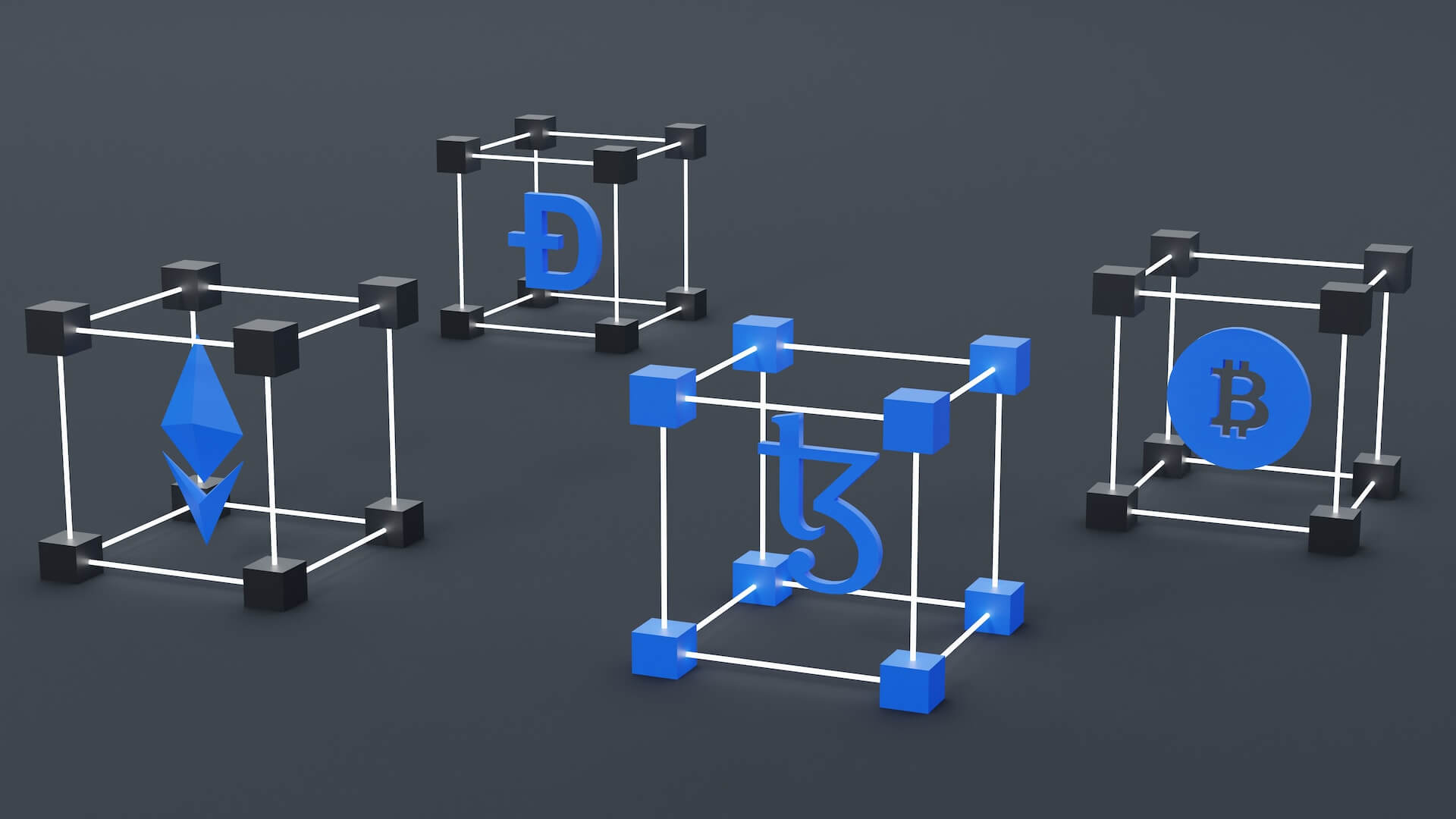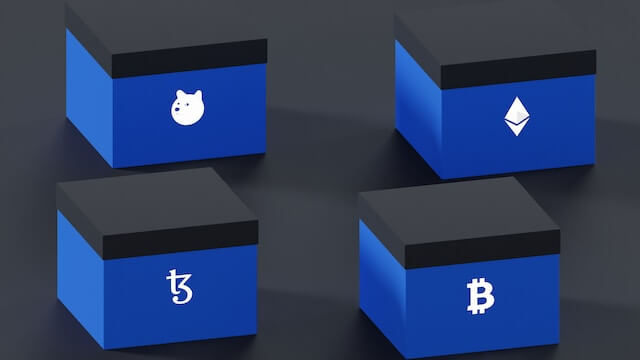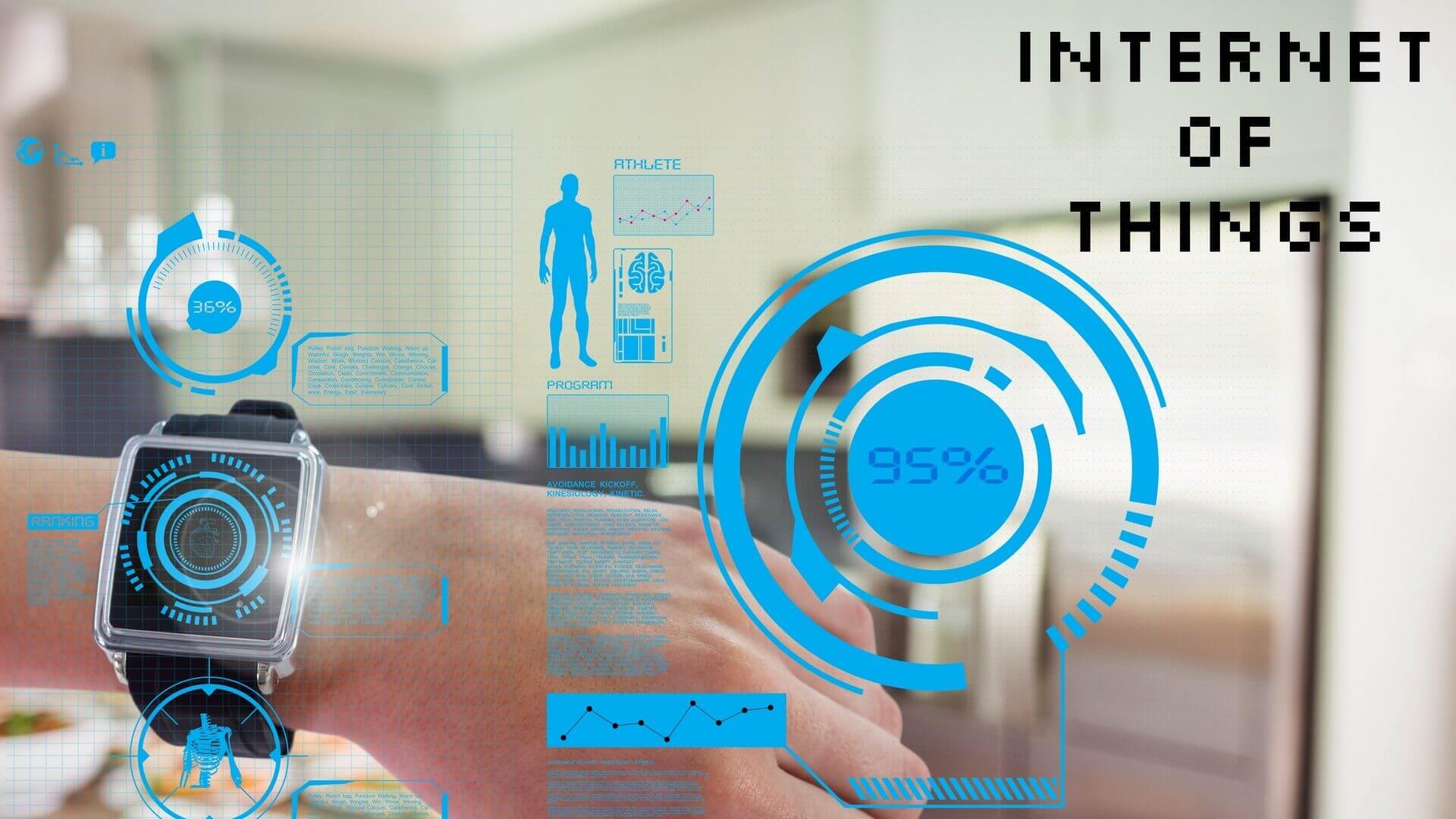
As we all know, blockchain technology is currently a research hotspot in the financial industry, and the consensus mechanism we are talking about today is a very important technology in the blockchain.
What is the blockchain consensus mechanism?
It is a system that unifies the versions of the blockchain and rewards the users who provide resources and maintain the blockchain, as well as penalizes the malicious endangered. Such a system must rely on some method of proving who has obtained the right to pack (or bookkeeping) a blockchain and can obtain the reward for packing this block, or whoever intentionally carries out the harm, will receive a certain penalty, this is the consensus mechanism.

What are the blockchain consensus mechanisms?
1, POW (Proof of Work) proof of workload system - those who can do more work.
In the POW system, the allocation of currency and the determination of the right to make accounts are performed based on the workload of miners. The winner of the calculation rate competition can obtain the corresponding block accounting rights and BTC rewards. Therefore, the greater the arithmetic rate of the miner's chip and the longer the mining time, the more digital currency can be obtained. This algorithm is simple and easy to accomplish; nodes do not need to exchange additional information to reach an agreement; destroy the system need to spend a great cost. But it is very energy-consuming; the confirmation time of the block can not be reduced; the occurrence of professional computers such as mining machines and mining pools has contributed to the weakening of blockchain decentralization.
2、POS(Proof of Stake) system - the more you own, the more you get.
The POS system uses a mechanism similar to that of proof of stake and voting to elect a bookkeeper who builds the block. The more shares you own, the more rights you have, and you need to pressure more responsibility to generate blocks, but also the right to get more revenue.POS system generally use the age of the coin to calculate the right to do the account, each coin owns a day counted as an age of the coin, for example, owns 100 coins, owns a total of 30 days, then the age of the coin is 3000.

3、DPOS(Delegated Proof-of-Stake)Stake authorization proof system
DPOS works on the principle that each shareholder has visibility in proportion to their shareholding, and the result of a 51% shareholder vote will be irreversible and binding. The challenge is to achieve the 51% authorization in a timely and efficient manner. In order to achieve this, each shareholder could delegate his or her vote to a single proxy. The top 100 delegates with the highest number of votes take turns generating blocks according to an established schedule.
Each delegate is allocated a time slot to produce blocks. All delegates will be paid 10% of the transaction fee of an average block. If an average block contains 100 shares as transaction fees, a representative can get 1 share as remuneration. DPOS voting method can produce a new block every 30 seconds. DPOS has many advocates, popularity is widespread, and the latecomer.
4, DAG (Directed acyclic graph) directed acyclic graph - no blockchain concepts
DAG initially occurred to deal with the efficiency of the blockchain. Its based on changing the chained storage structure of blocks and storing blocks according to the topology of DAG. With the same block packing time, N blocks can be packed in parallel in the network, and the transactions in the network can be accommodated N times. Later on, DAG evolved to get rid of blockchain and proposed the blockless block concept. When a new transaction is initiated, it is only necessary to select the already existing and relatively new transaction as a connection to determine, this practice solves the problem of the total width of the network, greatly accelerating the transaction rate.

5, PBFT (Practical Byzantine Fault Tolerance) good use of Byzantine fault tolerance - distributed consistency algorithm
Practical Byzantine Fault Tolerance brings (n-1)/3 fault tolerance under the premise of ensuring liveness and safety. In distributed computing, different computers try to reach agreement by exchanging information; however, sometimes, the Coordinator/Commander or Member/Lieutanent on the system may be due to system errors and exchange the wrong information, resulting in affecting the final system consistency.
6、POA(Proof-of-Authority) System
POA consensus mechanism, this type of consensus mechanism can achieve TPS, compared to any other consensus mechanism, in the TPS is much higher. Theoretically, this type of consensus mechanism can reach 10,000 TPS, 10,000 TPS is completely sufficient for normal commercial activities performance requirements. POA is similar to POS, but POS is based on the holding of coins plus time, so the same will lead to an imbalance in the distribution of benefits and the emergence of large nodes, in the POA, the verifier does not need to have a stake in the network, but it must be known and verified identity.
In POA, the verifier does not need to have equity in the network, but must have a known and verified identity, which means that the verifier will not be moved to do things because of their own interests, and these verifiers will verify and regulate the voting of the DAPP.






